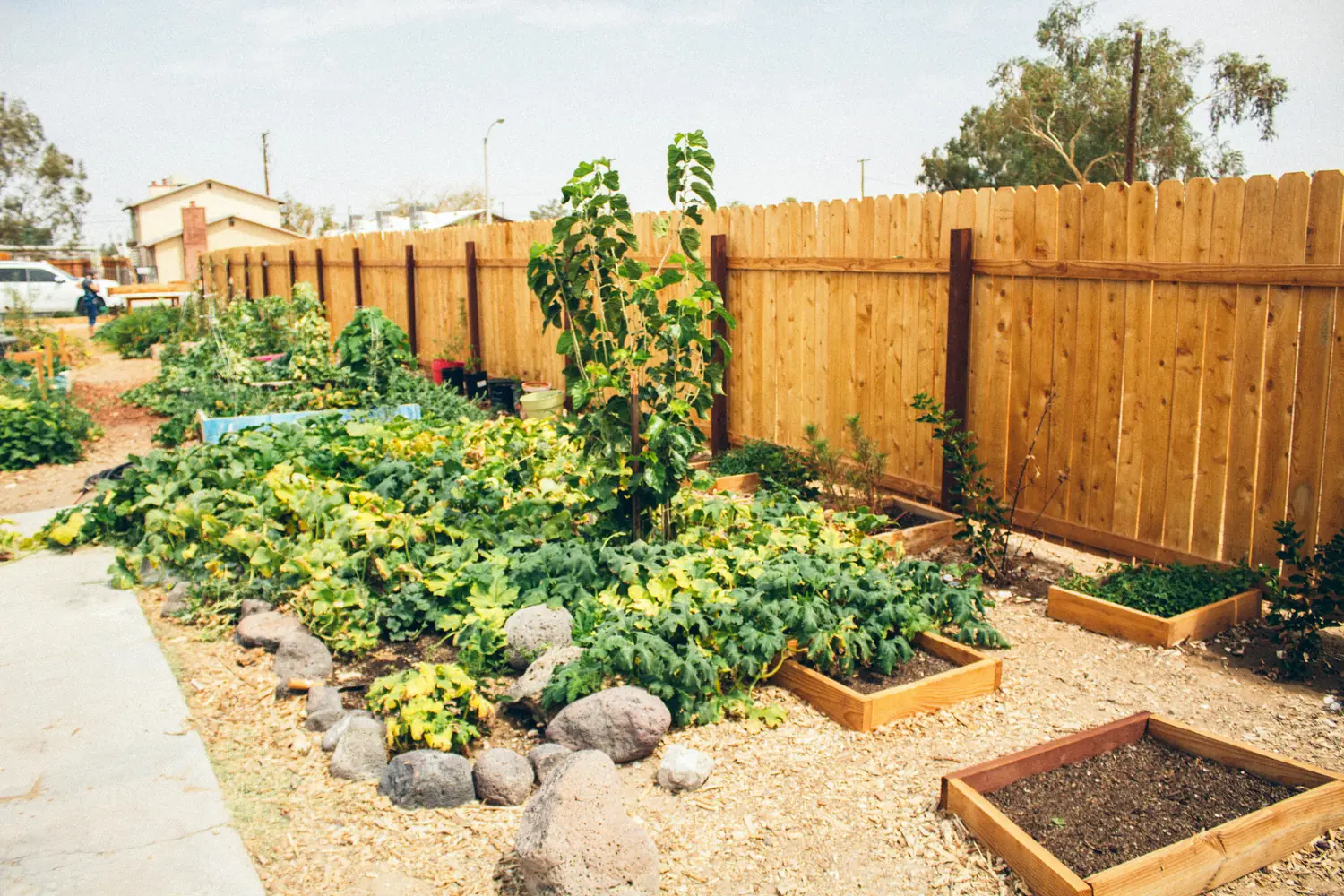building an eco-friendly backyard garden with native plants

Understanding the Importance of Native Plants
Creating an eco-friendly backyard garden starts with understanding the role of native plants. These plants are naturally adapted to your local climate and soil conditions, which means they require less water, fertilizer, and maintenance. By incorporating native species into your garden, you contribute to the restoration of local ecosystems and support local wildlife, including pollinators like bees and butterflies.
Planning Your Eco-Friendly Garden
Assessing Your Space
Begin by assessing the physical characteristics of your backyard. Take note of sunlight patterns, existing vegetation, and soil type. This will help you decide which native plants will thrive in your environment. Consider areas that receive full sun, partial shade, or are consistently wet or dry.
Designing for Biodiversity
Design your garden with biodiversity in mind. Incorporate a variety of plants that bloom at different times of the year. This ensures that there is always a food source available for pollinators and other wildlife. A mix of trees, shrubs, grasses, and flowering plants can provide shelter and nesting sites for birds and insects.
Selecting Native Plants for Your Garden
Choosing the right native plants is crucial for an eco-friendly garden. Start by researching plants that are indigenous to your region. Visit local botanical gardens or nurseries specializing in native plants to get advice from experts.
- Trees: Consider oaks or maples if space allows, as they provide habitat and food for numerous species.
- Shrubs: Serviceberry or sumac are excellent choices for adding structure and seasonal interest.
- Perennials: Black-eyed Susan and coneflower are hardy options that add color and attract pollinators.
- Grasses: Little bluestem or switchgrass can add texture and support soil health.
Implementing Organic Gardening Practices
Soil Health Management
A healthy garden starts with healthy soil. Avoid chemical fertilizers and opt for organic matter like compost or well-rotted manure. This enhances soil fertility naturally and improves its ability to retain water.
Consider practicing no-till gardening, which minimizes soil disturbance. This practice helps maintain the natural soil structure, supports beneficial organisms, and reduces erosion.
Pest Control Without Chemicals
Manage pests using natural methods such as introducing beneficial insects like ladybugs or lacewings that prey on harmful pests. Create a balance by encouraging predators through plant diversity.
If pest issues persist, consider making homemade insecticidal soap by mixing dish soap with water, providing a safer alternative to chemical pesticides.
Sustainable Water Management
Rainwater Harvesting
One effective method of reducing water consumption is to install a rain barrel system. Collecting rainwater from your roof not only conserves resources but also reduces runoff that can lead to erosion and pollution in waterways.
Irrigation Techniques
Use drip irrigation systems or soaker hoses to deliver water directly to the plant roots. This reduces evaporation and ensures efficient use of water. Also, mulching around plants helps retain moisture in the soil and suppress weeds.
Cultivating a Wildlife-Friendly Environment
An eco-friendly garden should serve as a sanctuary for local wildlife. Include features such as birdbaths, bee hotels, and bat houses to attract a variety of species.
Creating Habitats
Create microhabitats by placing logs or rocks in shaded areas to provide homes for small creatures like frogs or salamanders. Allow some leaf litter to accumulate as it provides habitat for insects and protects soil quality.
Eliminating Hazards
Avoid using pesticides and herbicides that can harm non-target organisms. Instead, focus on maintaining plant health through diverse plantings and proper cultural practices.
Case Study: The Johnson Family's Transformation
The Johnson family in Austin, Texas decided to transform their backyard into an eco-friendly haven after learning about the decline in local bee populations. They replaced their traditional lawn with a mix of native wildflowers such as Texas bluebonnet and Indian paintbrush. They also installed a rainwater collection system that reduced their dependency on municipal water for irrigation.
Over two seasons, they noticed an increase in the number of butterflies and bees visiting their garden. Additionally, their water bills decreased significantly due to efficient watering practices. The project was not only environmentally beneficial but also added aesthetic value and tranquility to their home.
Conclusion: Nurturing Your Sustainable Garden
Building an eco-friendly backyard garden with native plants is a rewarding endeavor that benefits both you and the environment. Through thoughtful planning and sustainable practices, you can create a vibrant ecosystem that supports biodiversity while minimizing environmental impact.
Start small, learn from each season, and enjoy watching your garden evolve into a thriving habitat. Remember that every small action contributes to a larger positive change in preserving our planet's health.





